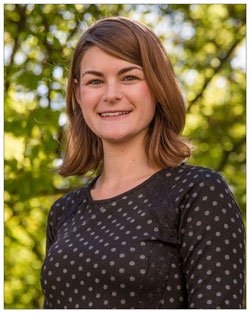The Turbulence game
So, what is turbulence? Turbulence is a phenomenon in fluid dynamics, and is characterized by chaotic changes in pressure and velocity. This sounds theoretical, but in fact you can find turbulence everywhere in the world around us!. Read more about turbolence here >>
In the Turbulence game, players compete against each other to explore shapes that are formed in chaotic regions of turbulent flow. In technical terms, we call these shapes RIVs (the Regions of Intense Vorticity). We can see RIVs, but we do not know very much about them - that is where ScienceAtHome is seeking the help of citizen scientists to engage in finding the `biggest’ RIVs in snapshots of the computational simulations of several typical turbulent flows; in this context, the biggest means the one that will hold the largest sphere.
Play Turbulence Game >>, explore the geometric complexities of turbulent flow and join the quest to unlock the mysteries of the “most important unsolved problem in classical physics.”
Turbulence game is a collaborative project between mathematicians, physicists, computer scientists, and game designers. The data we collect from gameplay will be analyzed to gain a key geometric insight into the phenomenon of `turbulent dissipation’. The gameplay will then help ScienceAtHome get one step closer to understanding turbulence, which was described by renowned physicist Richard Feynman as “the most important unsolved problem of classical physics.”

Janet Rafner is the designer of the Turbulence game.
In designing this game, Masters Degree candidate Janet Rafner, the driving force behind the project, wanted to highlight the connections between art and science. Many famous artists have been inspired by the phenomena of turbulence, from Van Gogh in Starry Night to Hiroshige in The Wave. “When someone plays ‘Turbulence’ I want the game to convey a sense of serenity -- this is a very relaxing experience; you get to explore and improve your skill but it’s not a race. And you can do real science without being in a lab; it’s very easy.”
Rafner is excited because the project involves collaborating with many outstanding professionals in the fields of physics, design, science communication, simulations, and public outreach. “We aren’t just doing research – we are engaging the public online, in schools and through science museums and exhibits. It’s a chance to teach real science, and to learn about and celebrate how the human mind solves problems.”
This is an interdisciplinary collaboration between the University of Virginia’s department chair of Mathematics, Professor Zoran Grujic, The Bio Complexity research group at Niels Bohr Institute and Aarhus University’s ScienceAtHome. Games produced by ScienceAtHome have now been played over 8 million times by more than 200k players across the world. Now is your chance to contribute: play Turbulence Now >>
